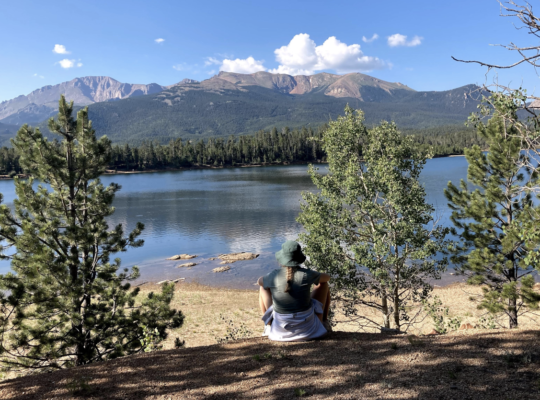January 25, 2021
Good morning!
Got any spare sunshine, any you’re not using? Puhleeze send some this way!
Do you have foods in your larder, refrigerator, shelves, pantry, or freezer you’re saving for a special occasion — and that special occasion never occurs? Mañana nunca viene, as they say.
Creativity might be the best vaccine of all.
- I was visiting last week with a client who recently made a change from having served for many years as a top leader in one organization to assuming a leadership role in a completely different industry.
- It was something he wanted to do, chose to do, he didn’t have to do it.
- As I learned more about his thus far short-term experience it was refreshing and reassuring to hear about culture, corporate blind spots, status quo, change, and the most basic and important of all: Communication.
- Think you’re an effective communicator? Take a risk and ask those with whom you communicate to evaluate you — and then listen.
What Does Joe Biden’s Inbox Look Like?
- What do you suppose Joe Biden’s In-Box looks like?
- Back in graduate school we were given an experiential assignment called The In-Box Exercise.
- This was back when everything was analog; ink-on-paper documents, handwritten messages, pink-colored While You Were Out messages generated by an assistant, and what-not.
- (Apologies to my younger readers; I DO care about you!)
- The premise was we had been out of the (CEO’s) office for a period of time and these items were waiting for us upon our return.
- The assignment was to triage each of the 30 items, provide rationale for the rank-order assigned, and then articulate a specific response to each of the thirty situations.
- Would you want Joe’s job? If you’re reading these Musings you are in a leadership position not much different from Joe’s; what do you think?
- What are the 30 items in Joe’s In-Box, how do you triage them, why, and what are your responses?
- Give yourself the gift of completing this exercise for real, invest just thirty minutes in it; time well-spent, guaranteed.
- If you don’t routinely do anything else, consider a brief daily reflection on these four questions — and then act based on your reflections.
- Who are we?
- Where are we going?
- How do we operate?
- How do we grow?
The Are Many Different Approaches to Planning
- There are probably as many different approaches to planning as there are consultants in the world.
- Our uniqueness is that we don’t insist on any single method or product because each person, each organization is unique.
- We find it helpful to start with the big picture, the philosophical, the why = Why do we (I) exist?
- Then next to the conceptual, the possible, the imaginative, the aspiration, the hoped-for = Vision; i.e., Where do we want to go/ What do we want to accomplish?
- A properly stated shared vision is probably unachievable, but it is pursuable, directional, and inspirational, it provides daily motivation.
- Then next to the strategic, to the big-picture directions that will increase the likelihood of achieving your shared vision = Strategic Imperatives; i.e., things we must do if we want to transform our vision into reality and sustain it.
- Then next to the tactical = Measurable goals which are specific, measurable, achievable, relevant, and are time-bound.
- And then finally to the practical which are the minute-by-minute actions you and each person in the organization take to achieve the goals = Action/ Behaviour
- There is no such thing as a perfect plan, but you can always be making your plan better and better by reviewing it, monitoring progress, and adjusting as needed.
- As the old adage goes, if you don’t know where you’re going any path will get you there — or, without a vision the people perish.
- Our uniqueness is that we don’t insist on any single method or product because each person, each organization is unique.
The Hill We Climb
What was your favourite stanza from Amanda’s poem? For me there were many, but I have to go with her hopeful emotionally concluding climax:
For there is always light,
if only we’re brave enough to see it.
If only we’re brave enough to be it.
This will be oft-quoted over succeeding generations; get better acquainted with Amanda’s entire poem here: Amanda’s The Hill We Climb.






